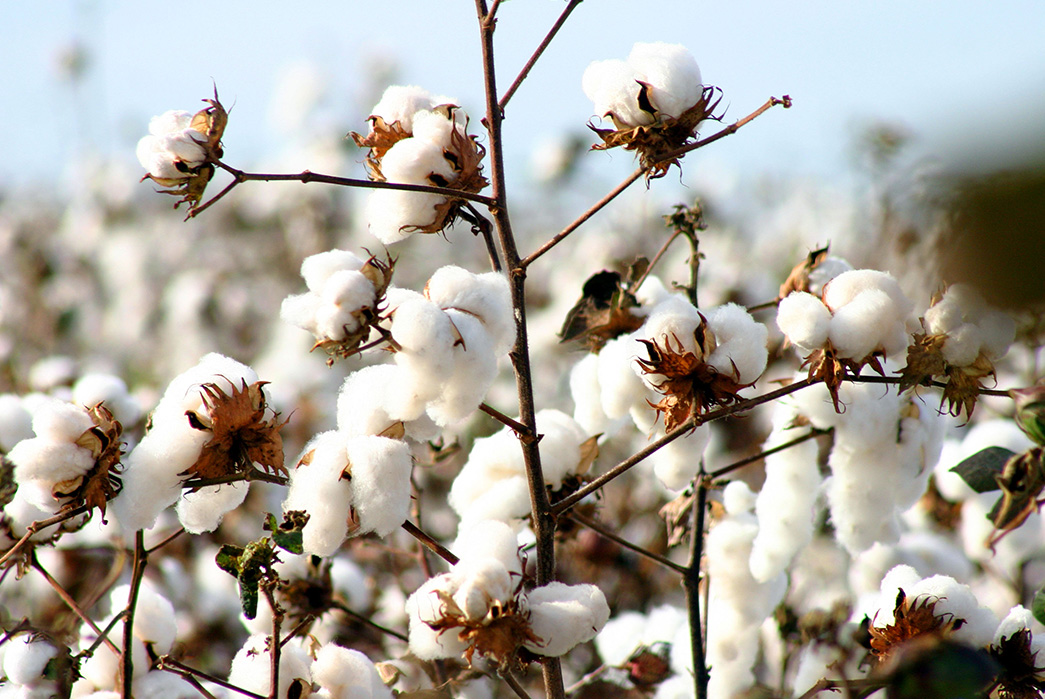Cotton, a versatile and widely used natural fiber, has been a staple in the textile industry for centuries. From clothing to home furnishings, cotton's durability plays a crucial role in its popularity. In this article, we delve into the question, "How long does 100% cotton last?" and explore the factors that influence its lifespan. Join us as we uncover the secrets behind the longevity of this remarkable fabric.
- The Quality of Cotton:
The lifespan of 100% cotton largely depends on the quality of the fabric. High-quality cotton fibers are stronger and more resilient, ensuring a longer lifespan. When purchasing cotton products, look for indicators of quality such as the thread count, fiber length, and fabric weight. These factors contribute to the overall durability and longevity of the cotton item. - Care and Maintenance:
Proper care and maintenance are essential for extending the lifespan of cotton products. Follow these tips to ensure your 100% cotton items last longer:
a. Washing: Always follow the care instructions provided by the manufacturer. Use mild detergents and avoid harsh chemicals that can weaken the fabric. Wash cotton items in cold or lukewarm water to prevent shrinkage and color fading.
b. Drying: Air drying is the best option for cotton garments, as excessive heat from dryers can cause shrinkage and damage the fabric. If using a dryer, opt for a low heat setting.
c. Storage: Store cotton items in a cool, dry place to prevent moisture buildup and the growth of mold or mildew. Avoid hanging delicate cotton garments, as this can stretch the fabric. Instead, fold them neatly and store them in a drawer or on a shelf.
- Environmental Factors:
The environment in which cotton products are used also affects their lifespan. Factors such as exposure to sunlight, humidity, and abrasion can impact the durability of cotton. Here are some considerations:
a. Sunlight: Prolonged exposure to direct sunlight can cause cotton fibers to weaken and fade. Whenever possible, protect your cotton items from excessive sunlight by using curtains, blinds, or UV-blocking fabrics.
b. Humidity: High humidity levels can promote the growth of mold and mildew, which can deteriorate cotton fibers. Ensure proper ventilation and use dehumidifiers if necessary, especially in storage areas.
c. Abrasion: Excessive friction and abrasion can wear out cotton fabric over time. Avoid rough handling, and be mindful of activities that may subject cotton items to constant rubbing or stretching.
- Usage and Frequency:
The frequency and intensity of use also impact the lifespan of cotton products. Items that are used more frequently or subjected to rigorous activities may wear out faster. Consider rotating your cotton wardrobe or using protective covers for frequently used items to distribute the wear evenly.
Conclusion:
In summary, the longevity of 100% cotton depends on various factors such as the quality of the fabric, proper care and maintenance, environmental conditions, and usage patterns. By understanding these factors and implementing appropriate measures, you can ensure that your cotton items last longer and retain their quality. Embrace the durability of cotton and enjoy its timeless appeal in your everyday life.

